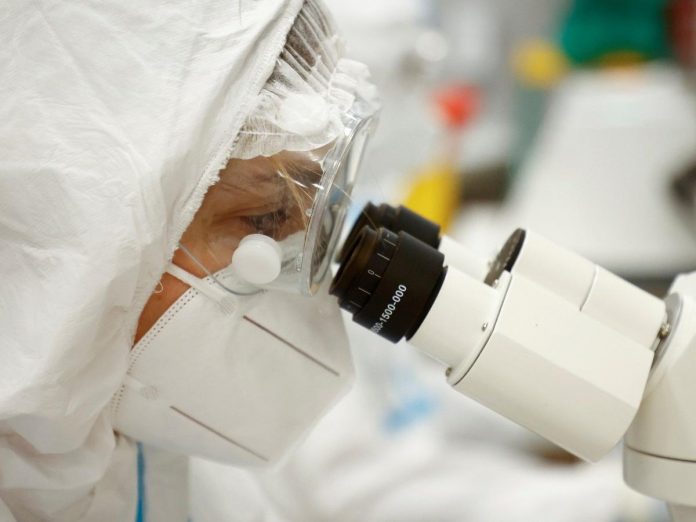Non-invasive microscopic techniques such as optical coherence microscopy and two-photon microscopy are commonly used for in vivo imaging of living tissues. But the images these microscopes produce are often of less than desirable quality.
Now, scientists at the Institute of Basic Science (IBS) in Seoul, South Korea have developed deep-tissue optical imaging that could revolutionize studies in neuroscience and other fields.
When light passes through turbid materials such as biological tissues, two types of light are generated: ballistic photons and multiply-scattered photons. The ballistic photons travel straight through the object without experiencing any deflection and hence are used to reconstruct the object image. Multiply-scattered photons are generated via random deflections as the light passes through the material and show up as speckle noise in the reconstructed image.
As the light propagates through increasing distances, the ratio between multiply-scattered and ballistic photons increases drastically, thereby obscuring the image information, as well as causing contrast reduction and image blur during the image reconstruction process. Bone tissues in particular have numerous complex internal structures, which cause severe multiple light scattering and complex optical aberration.
When it comes to optical imaging of an intact skull, the fine structures of the nervous system are hard to visualize due to strong speckle noise and image distortion. This is problematic in further progressing neuroscience research. Due to limits of currently used imaging techniques, researchers studying the brain of mice, as a model for human brains, usually have to remove the skull or thin it out in order to further study the brain.
The recent breakthrough from the South Korean research team came from developing an innovative optical microscope that can image through an intact mouse skull and acquire a microscopic map of neural networks in the brain tissues without losing spatial resolution.
This new microscope, called a reflection matrix microscope, combines the powers of both hardware and computational adaptive optics (AO), which is a technology used to correct optical aberrations. While conventional confocal microscope measures reflection signal only at the focal point of illumination and discards all out of focus light, the reflection matrix microscope records all the scattered photons at positions other than the focal point. The scattered photons are then computationally corrected using a novel AO algorithm that selectively extracts ballistic light and corrects severe optical aberration.
The microscope allows researchers to investigate fine internal structures deep within living tissues that cannot be resolved by any other means. This will greatly aid in early disease diagnosis and also expedite neuroscience research.
















